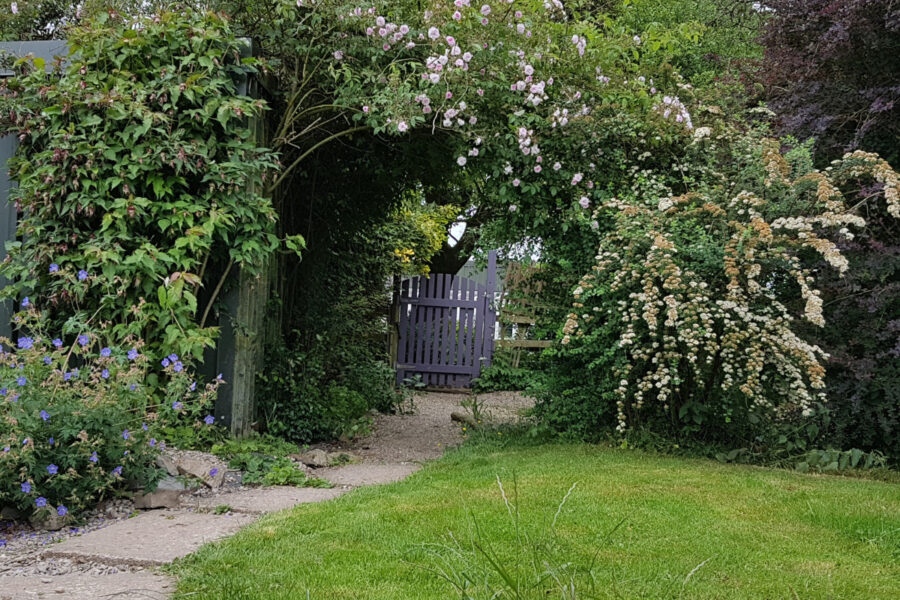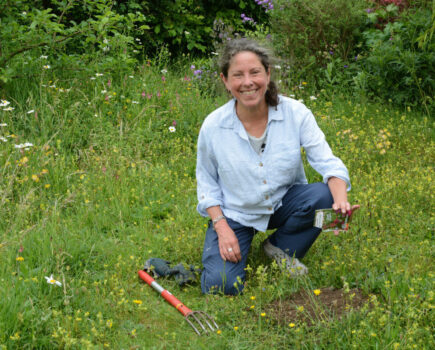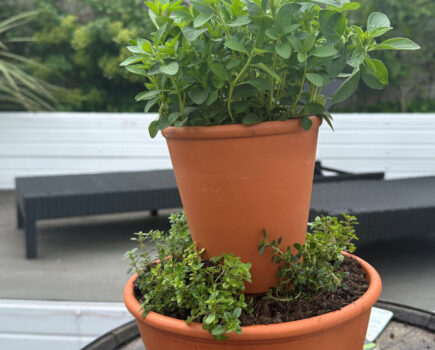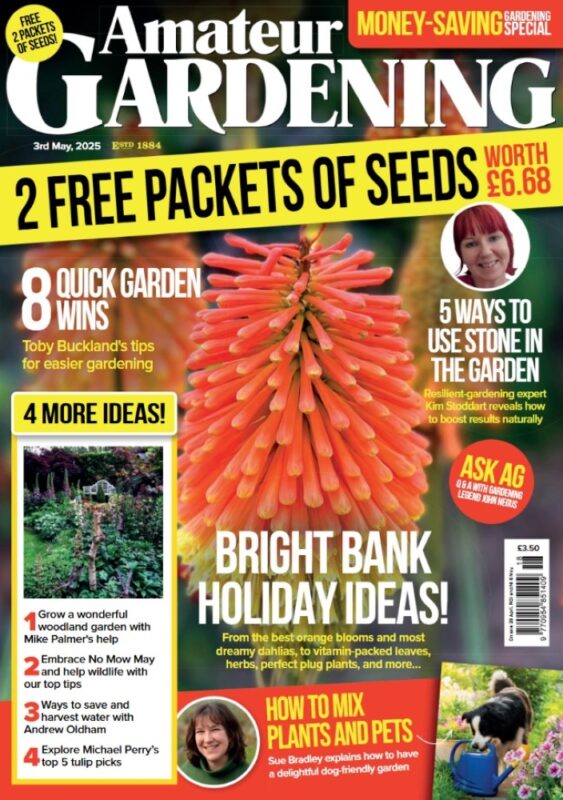Editor and eco-expert Kim Stoddart outlines some easy and enjoyable suggestions to help you save money and time and boost results over the months and years ahead
I’d like to let you into a little secret.. I always write my pages last of all and just before the magazine goes to print. I do this because it means I can use my allocated space in the most up-to-date way, framing what I write around what others have contributed, alongside the weather, news and world at large. I can write what I feel is most useful at the time. This chimes with the way that I garden; instinctively, creatively and thoughtfully working around what I see is needed in the here and now. I don’t follow exacting to-do lists because sometimes by looking and thinking it is clear that other gardening tasks make more sense. I am essentially a permaculture gardener through and through and probably always have been. Not out of intention, just because I garden in a nature-friendly and really connected way. It’s fun, free-spirited and full of hope and resilience for the future. I’d like to share with you some of the key lessons I’ve learnt along the way.
Saving money isn’t the half of it
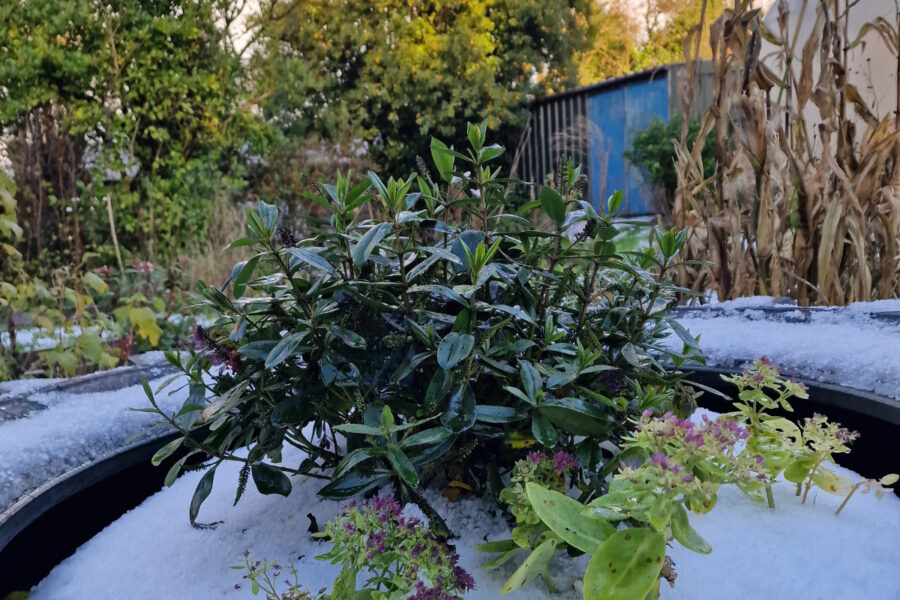
Learning to recycle, repurpose, make, mend and ‘do’ does indeed reduce costs but it also builds further skills, boosts confidence and has the potential to feel incredibly nurturing in the process. You don’t have to be a DIY expert in order to create something useful either. The process of taking an otherwise unloved item and turning it into something new is therapeutic in itself. It may seem small in the grand scheme of things, your DIY fix, but it is meaningful in the bigger picture because it is a positive action and an investment in you and your ability to problem solve, transform and create. You have control in that moment, no matter what is going on in the world outside, no matter the weather: all is right in that moment with that little win you have created, and over time, these little actions add up and a greater hardiness slowly builds.

They don’t have to be pretty, your fixes, but if they do the job in the interim there is plentiful value in that, my ramshackle temporary outside tap fix-me-up being a perfect case in point. Rubbish can be beautiful, also, and I am very fond of my tractor tyre planters which take pride of place on my main vegetable garden and which have recently been upgraded with some joyful evergreen planting. They make me smile every time I pass them.
So next time you have a clear out, before you head to the local landfill site, I urge you to have a think about what new use some of your rubbish might have in your garden. The ability to transform is within us all and the impact of doing so, of transforming the waste into something wondrous, is pretty good all-round.
Make space to mull
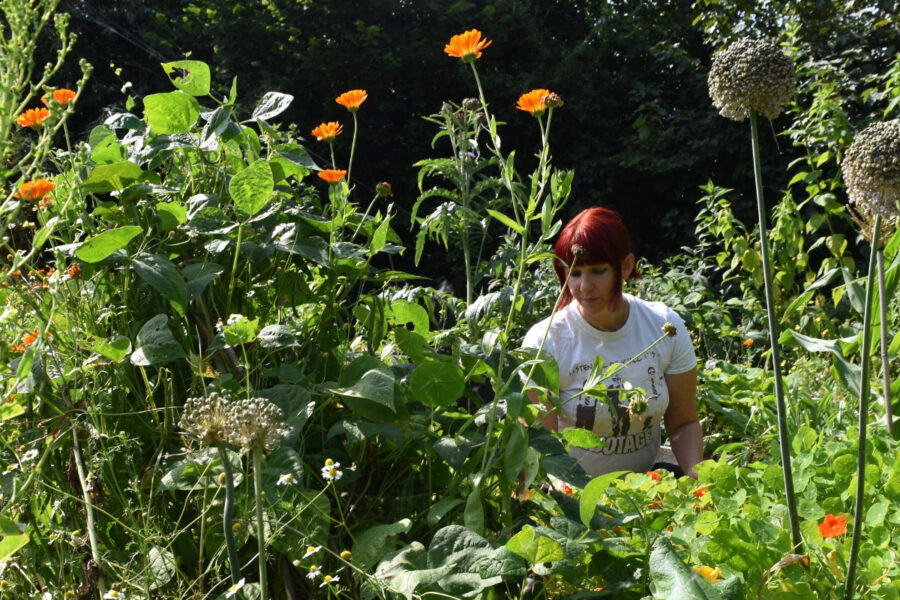
The power of the ponder is not to be ignored. All too often our gardening time is filled with must-do lists and pressure to perform and perfect, yet problem solving doesn’t come so readily at this frenetic pace. Watching, walking and wondering offer so much. They enable us to better connect with our gardens, observe things we might not otherwise see and make better-informed decisions as a result.
From figuring out why a plant isn’t flourishing and what to do about it, to seeing and better understanding what role an insect has to play on your vegetable patch and perhaps realising how it might be a friend after all, this space to think, and the knowledge that can flower and grow as a result, is invaluable; saving time and potentially boosting results in the process.
Additionally, such calm, emotionally regulated space also feels incredibly good in the process. It is nurturing to step away and truly connect with the natural world in all its glory, and only then can you fully appreciate the sensory delights, sounds and potential solutions that lie within.
Less can be more when it comes to garden upkeep
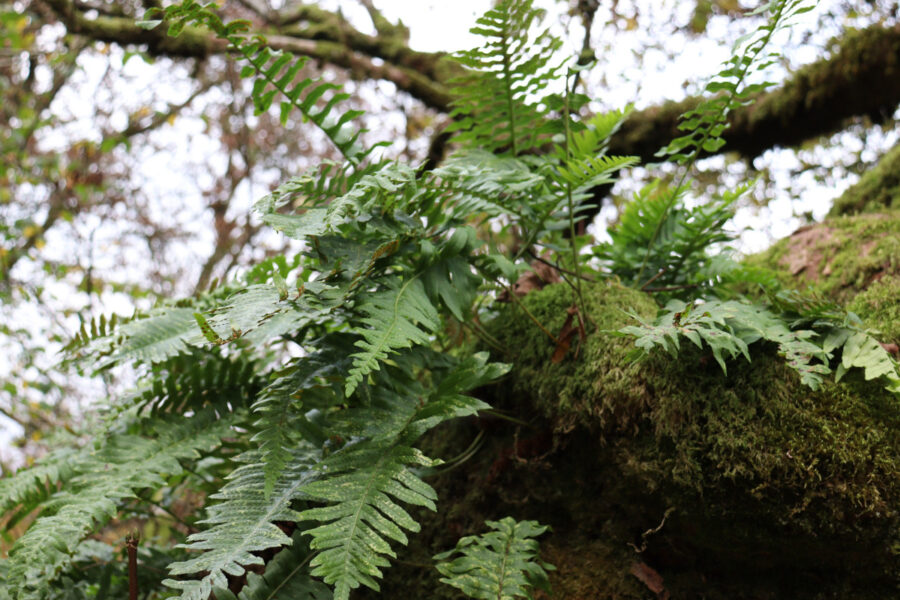
From not digging the soil and leaving some all-important ground cover over winter, to the importance of wilder areas in your garden for biodiversity, the way that we garden is evolving all the time. The good news, as well, is that many of these permaculture methods involve less work, instead allowing the natural world in to lend a helping hand. To help aid soil resilience and life (as Sue Bradley’s interview with Eddie Bailey on page 20 demonstrates beautifully) for example.
The gardens of the future don’t need to be as primped and polished and needy of our attentions as before. As custodians of our gardens, allotments and green spaces we can create a personal balance of beauty and nature’s bounty in myriad exciting ways.

Gardening practices can and should adapt and change
It is no longer gardening or weather as usual with our changing climate and what this means is that we can no longer expect things to be exactly the same each season. From planting times through to ways that we garden, it is important to be open to trying out new ways of gardening rather than being stuck in a rut. Rather than feeling overwhelmed by this, I would urge you to see this as an opportunity to play and experiment in your precious outside space. To get excited about new methods such as hugelkultur beds which Toby Buckland talks about on page 64, to find out what works best for you.
To share further ideas with others, reach out with care and community for a stronger, brighter green future for us all, together.
Find more tips, advice and articles like this at the Amateur Gardening website. Subscribe to Amateur Gardening magazine now

